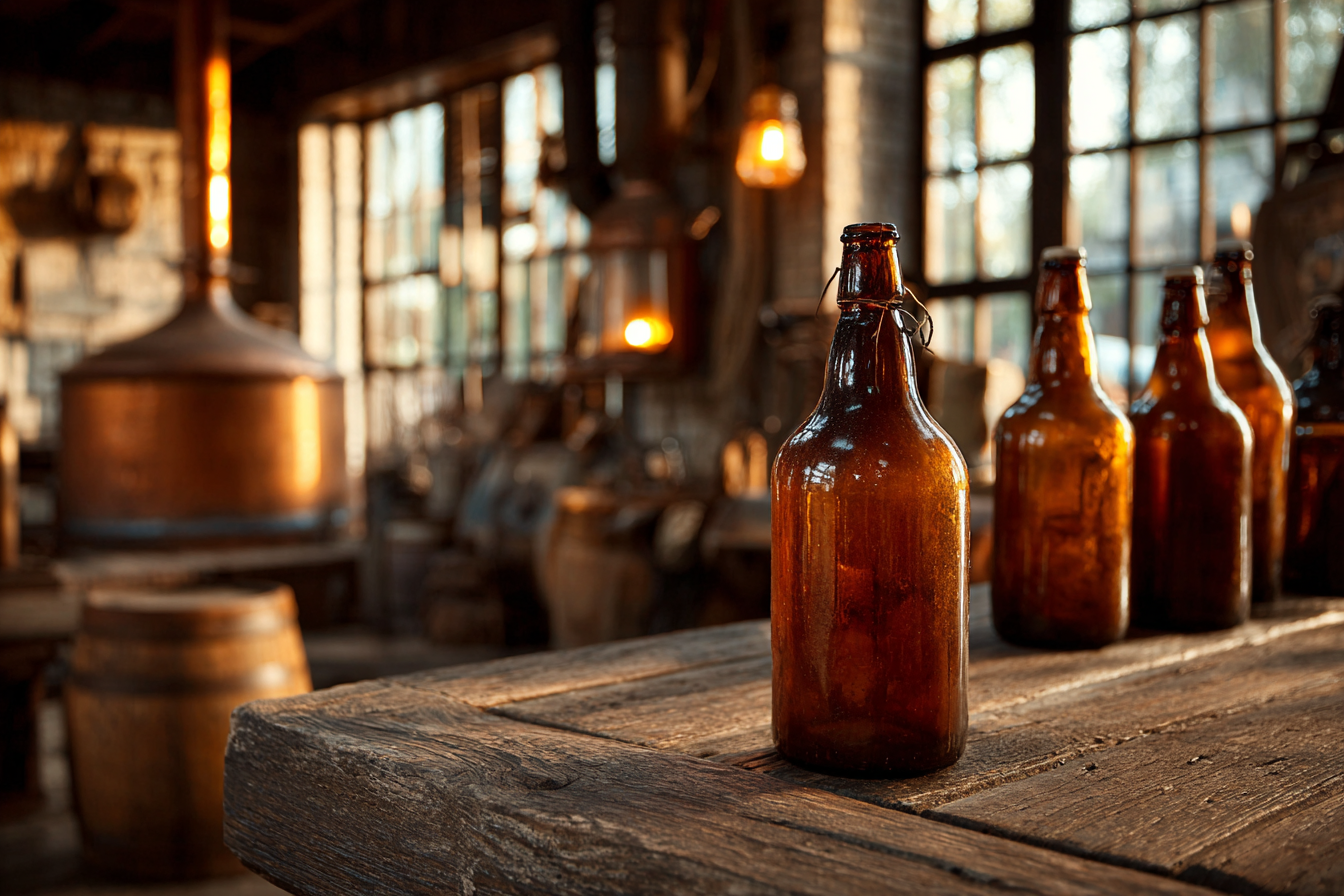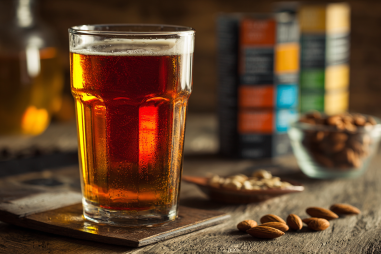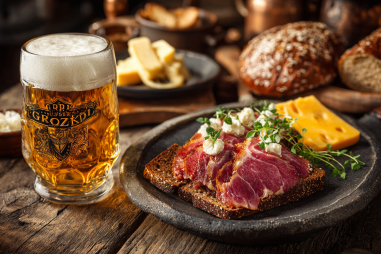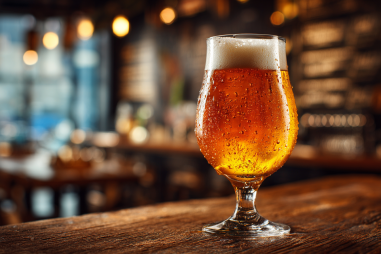The world of craft beer is vast and vibrant, with countless styles that have evolved over time to please every palate. Among these, the Double IPA stands out as a bold, flavorful, and hop-centric brew that has captured the hearts of beer enthusiasts around the globe. But where did this intense style come from? How did it develop, and what makes it so special? Let’s embark on a journey tracing the history and origin of the Double IPA, exploring the roots of its predecessor, the classic IPA, and the innovations that led to this powerhouse of a beer.
Early Influences and IPA Origins
Before diving into the story of the Double IPA, it’s important to understand the foundation laid by the India Pale Ale, or IPA. The IPA’s history dates back to the late 18th and early 19th centuries, during the British colonial era. At that time, beer destined for export to India needed to survive a long sea voyage. Brewers added extra hops—a natural preservative—to prevent spoilage. This resulted in a more bitter, aromatic beer that was unlike the standard pale ales of the time.
The term “India Pale Ale” came to signify this hoppier, sturdier brew. While hop usage varied, the style maintained a balance between malt sweetness and hop bitterness. Over the years, as brewing technology and tastes evolved, so did IPA recipes. However, for much of the 20th century, especially in the United States, IPAs remained somewhat of a niche style.
Birth of the Double IPA Style
The late 20th century brought a renaissance in craft beer brewing, especially in the U.S., where innovative brewers began to push the boundaries of traditional styles. Around the mid-1990s, brewers sought ways to produce beers with more intense hop character and higher alcohol content. This experimentation gave birth to the “Double IPA,” also known as “Imperial IPA.”
The Double IPA is essentially an amplified version of the traditional IPA. It typically features:
- Increased malt content to balance higher levels of hops and alcohol
- Elevated alcohol by volume (ABV), often ranging from 7.5% to over 10%
- More intense hop bitterness, aroma, and flavor
This style allowed brewers to showcase hop varieties and their distinct profiles more vividly than before, creating a bold, full-bodied experience for hop enthusiasts.
Key Breweries and Brewers in Its Development
The rise of the Double IPA is closely linked to several pioneering breweries and visionary brewers who embraced hoppiness as an art form. Among the key players:
- Russian River Brewing Company: Located in Santa Rosa, California, Russian River helped popularize Double IPAs with their iconic “Pliny the Elder,” released in 2000. This beer became a benchmark for the style, admired for its complex hop character and balanced malt backbone.
- Stone Brewing
- Dogfish Head Brewery: Famous for experimental brewing, Dogfish Head’s “90 Minute IPA” and Imperial IPAs pushed the boundaries on hop usage and alcohol strength.
- Others like Ballast Point, Sierra Nevada, and Bell’s Brewery also contributed greatly by refining and popularizing Double IPAs across the U.S. and beyond.
These breweries set the stage for Double IPAs to become a staple in the craft beer scene, each adding unique twists to the style.
Changes in Brewing Techniques Over the Years
The evolution of the Double IPA style was heavily influenced by advancements in brewing techniques and ingredient availability. Initially, brewers found the challenge was balancing the intense bitterness from copious hops with malt sweetness and avoiding harsh or overwhelming flavors.
Several brewing innovations helped refine the style:
- Hop Bursting: Adding large quantities of hops late in the boil to maximize aroma and flavor without excessive bitterness.
- Dry Hopping: Introducing hops during or after fermentation enhanced freshness and aromatic complexity, a technique widely adopted for Double IPAs.
- Water Chemistry Adjustments: Modifying water profiles to emphasize hop bitterness and smooth mouthfeel became a common practice.
- Yeast Selection: Utilizing clean-fermenting yeast strains allowed hop characteristics to shine without overpowering esters or off-flavors.
- High Gravity Brewing: Techniques to handle higher malt concentrations and alcohol levels helped maintain balance and drinkability in stronger brews.
These methods collectively enabled brewers to craft Double IPAs that delivered bold hop impact with a harmonious finish, ensuring the style’s appeal broadened beyond hardcore hop lovers.
Cultural Impact and Popularity Growth
As Double IPAs grew in notoriety, their influence extended beyond brewing circles into wider beer culture. They became symbols of innovation and the craft beer movement’s adventurous spirit. The cultural embrace of Double IPAs can be seen in several ways:
- Beer Festivals: Double IPAs often headline craft beer events, with dedicated tastings and competitions highlighting their complexity and diversity.
- Beer Bars and Taprooms: Many establishments proudly feature multiple Double IPA offerings, catering to consumers eager for big, flavorful beers.
- Consumer Education: The rise of beer enthusiasts and homebrewers increased understanding and appreciation of hop profiles, making Double IPAs more accessible.
- Innovation Boom: Inspired by Double IPAs, brewers have experimented with various hop combinations, barrel-aging, and hybrid styles, enriching the beer landscape.
The style’s popularity also sparked discussions about balance and drinkability, prompting some brewers to craft “session Double IPAs” with lower alcohol or more restrained bitterness, further expanding the style’s reach.
Looking Ahead: The Future of Double IPA
The Double IPA continues to evolve as brewers and drinkers push the limits of what bold hop-forward beers can be. Trends suggest several exciting developments on the horizon:
- New Hop Varieties: As hop breeding advances, unique and exotic hops promise fresh aromas and flavors, helping refresh the style.
- Sustainability Focus: Water, energy, and ingredient conservation efforts are influencing brewing practices, encouraging craft brewers to innovate responsibly.
- Global Influence: While born in the U.S., Double IPAs are gaining traction internationally, inspiring brewers worldwide to create localized variations.
- Balance and Complexity: There’s growing interest in balancing hop intensity with malt complexity, incorporating adjuncts like oats, rye, and specialty malts to add smoother textures and depth.
- Hybrid Styles: Crossbreeding IPAs with other beer styles, such as sour ales or barrel-aged stouts, is creating exciting new hybrids that captivate adventurous palates.
Ultimately, the Double IPA remains a testament to the creativity and passion that define the craft beer community. Its history is a story of daring innovation, respect for tradition, and an unwavering love for hops that continues to inspire brewers and beer lovers alike.







